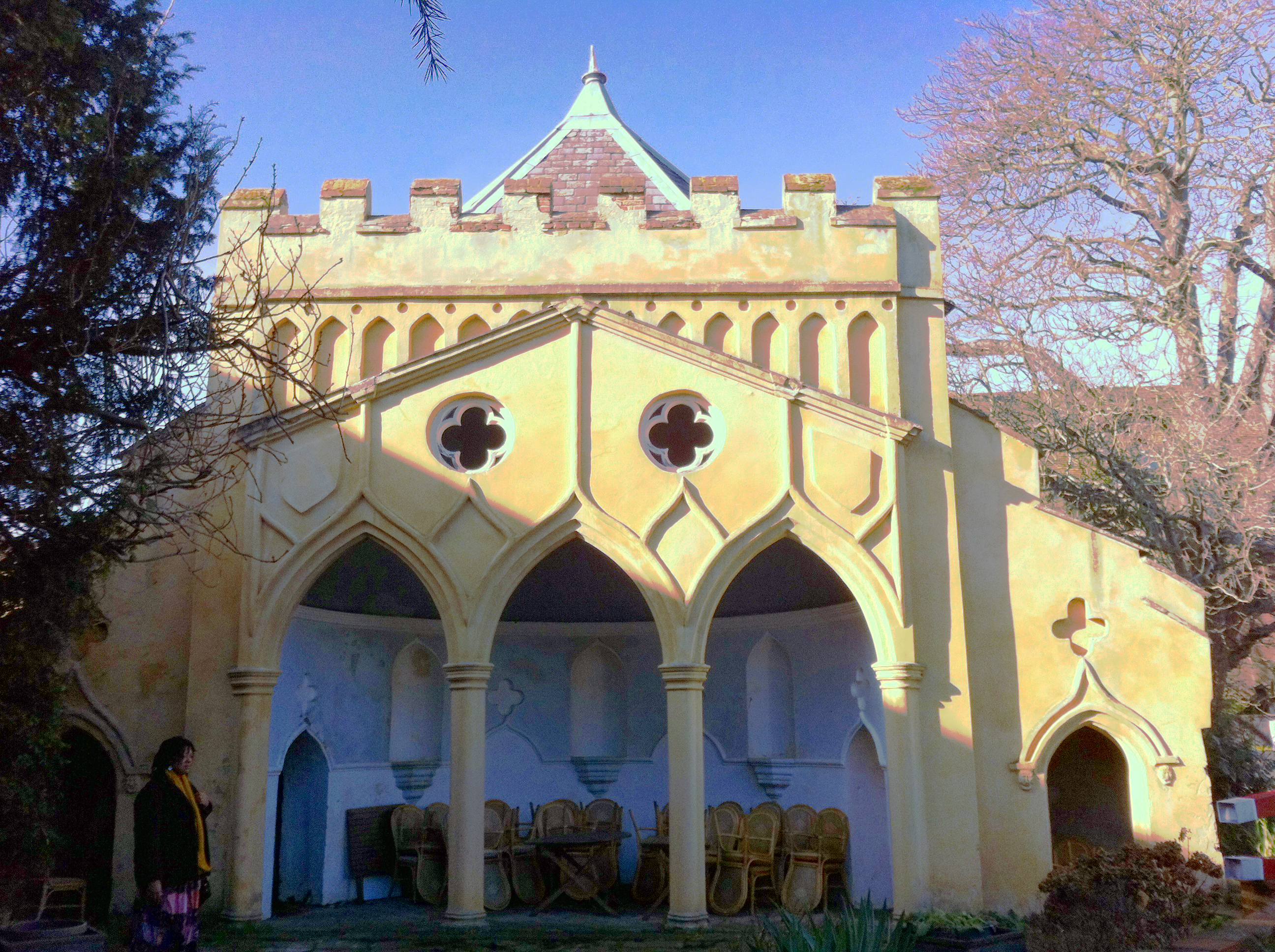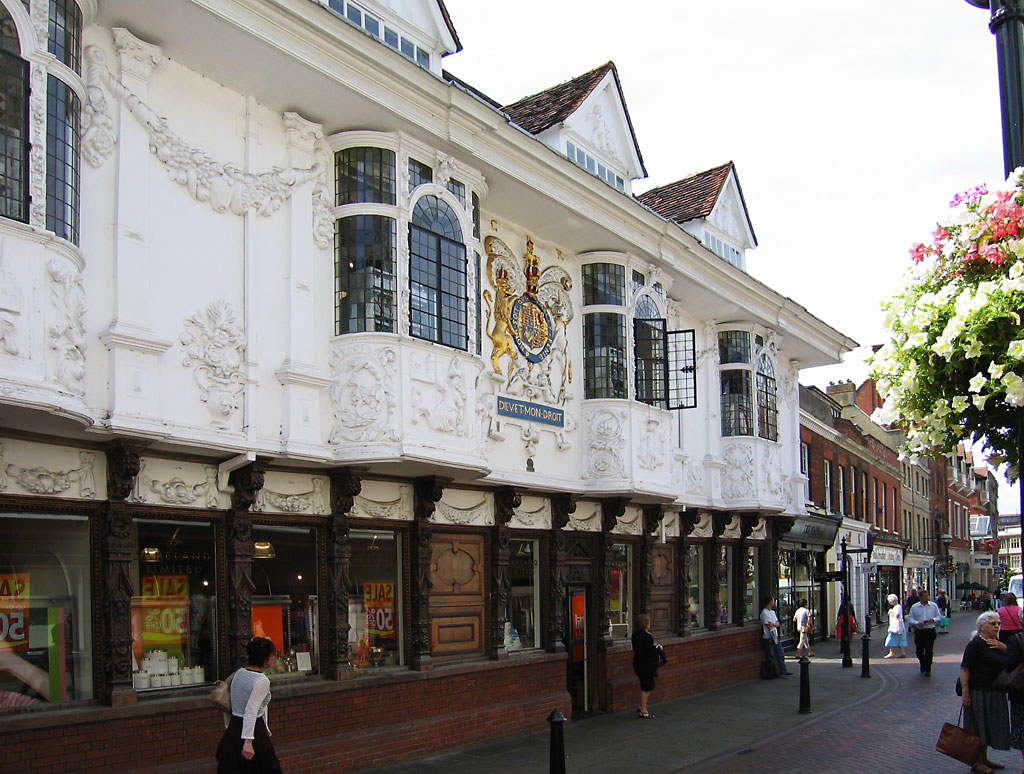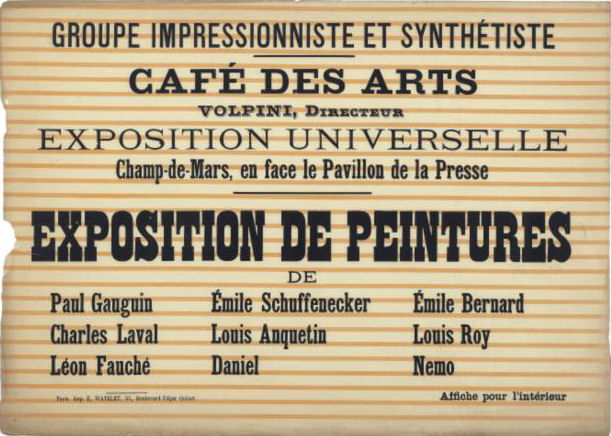|
Lucy Harwood
Eva Lucy Harwood (1 January 1893 – 24 October 1972) was a British artist known for her landscape paintings of East Anglia and Suffolk. Biography Harwood was born at Belstead near Ipswich and moved with her family to East Bergholt while still a young child. A botched medical operation left Harwood partially paralysed on her right-hand side and ended her ambition to be a professional pianist. Turning to art, rather than music, Harwood enrolled in the Slade School of Fine Art in London prior to the start of World War I. In 1937 she studied at the East Anglican School of Printing and Drawing in Dedham run by Cedric Morris. Harwood remained with the School when it re-located to Benton End at Hadleigh in 1940 and was associated with the School in various roles for many years. Working with her left hand only, Harwood created still-life and landscape paintings of Suffolk, in particular of the area around her home at Upper Layham but also of other parts of Britain and abroad. Harwood ... [...More Info...] [...Related Items...] OR: [Wikipedia] [Google] [Baidu] |
Belstead
Belstead is a village and civil parish in the Babergh district of the English county of Suffolk. Located on the southern edge of Ipswich, around south-west of Ipswich town centre. It had a population of 202 according to the 2011 census. Belstead has amenities such as a village hall, St Mary's the Virgin Church, The bridge school for children with learning difficulties and Belstead Brook Hotel and Spa. It is in the Belstead Brook electoral division of Suffolk County Council. History The Ipswich Hoard was found near Belstead in 1968. It is now in the British Museum, but there are copies of the torcs in the Ipswich Museum Ipswich Museum is a registered museum of culture, history and natural heritage located on High Street in Ipswich, the county town of Suffolk. It was historically the leading regional museum in Suffolk, housing collections drawn from both the f .... [...More Info...] [...Related Items...] OR: [Wikipedia] [Google] [Baidu] |
Ipswich Museum
Ipswich Museum is a registered museum of culture, history and natural heritage located on High Street in Ipswich, the county town of Suffolk. It was historically the leading regional museum in Suffolk, housing collections drawn from both the former counties of East Suffolk and West Suffolk, which were amalgamated in 1974. The original foundation of 1846, devoted primarily to Natural History, was moved to new premises in High Street in 1881. In about 1895 Christchurch Mansion, a large 16th-century house near the town centre in Christchurch Park, was given to the town. It was developed as a second venue under the same management and curatorship, devoted particularly to fine and decorative arts. Both are parts of one institution and draw on the same central core of collections. The entire service was merged with that of Colchester (Essex) on 1 April 2007 to form Colchester + Ipswich Museums. It is one of Ipswich's main features. The museum closed in October 2022 to undergo what i ... [...More Info...] [...Related Items...] OR: [Wikipedia] [Google] [Baidu] |
Artists From Ipswich
An artist is a person engaged in an activity related to creating art, practicing the arts, or demonstrating an art. The common usage in both everyday speech and academic discourse refers to a practitioner in the visual arts only. However, the term is also often used in the entertainment business, especially in a business context, for musicians and other performers (although less often for actors). "Artiste" (French for artist) is a variant used in English in this context, but this use has become rare. Use of the term "artist" to describe writers is valid, but less common, and mostly restricted to contexts like used in criticism. Dictionary definitions The ''Oxford English Dictionary'' defines the older broad meanings of the term "artist": * A learned person or Master of Arts. * One who pursues a practical science, traditionally medicine, astrology, alchemy, chemistry. * A follower of a pursuit in which skill comes by study or practice. * A follower of a manual art, such as a m ... [...More Info...] [...Related Items...] OR: [Wikipedia] [Google] [Baidu] |
Alumni Of The Slade School Of Fine Art
Alumni (singular: alumnus (masculine) or alumna (feminine)) are former students of a school, college, or university who have either attended or graduated in some fashion from the institution. The feminine plural alumnae is sometimes used for groups of women. The word is Latin and means "one who is being (or has been) nourished". The term is not synonymous with "graduate"; one can be an alumnus without graduating (Burt Reynolds, alumnus but not graduate of Florida State, is an example). The term is sometimes used to refer to a former employee or member of an organization, contributor, or inmate. Etymology The Latin noun ''alumnus'' means "foster son" or "pupil". It is derived from PIE ''*h₂el-'' (grow, nourish), and it is a variant of the Latin verb ''alere'' "to nourish".Merriam-Webster: alumnus .. Separate, but from t ... [...More Info...] [...Related Items...] OR: [Wikipedia] [Google] [Baidu] |
1972 Deaths
Year 197 ( CXCVII) was a common year starting on Saturday (link will display the full calendar) of the Julian calendar. At the time, it was known as the Year of the Consulship of Magius and Rufinus (or, less frequently, year 950 '' Ab urbe condita''). The denomination 197 for this year has been used since the early medieval period, when the Anno Domini calendar era became the prevalent method in Europe for naming years. Events By place Roman Empire * February 19 – Battle of Lugdunum: Emperor Septimius Severus defeats the self-proclaimed emperor Clodius Albinus at Lugdunum (modern Lyon). Albinus commits suicide; legionaries sack the town. * Septimius Severus returns to Rome and has about 30 of Albinus's supporters in the Senate executed. After his victory he declares himself the adopted son of the late Marcus Aurelius. * Septimius Severus forms new naval units, manning all the triremes in Italy with heavily armed troops for war in the East. His soldiers ... [...More Info...] [...Related Items...] OR: [Wikipedia] [Google] [Baidu] |
1893 Births
Events January–March * January 2 – Webb C. Ball introduces railroad chronometers, which become the general railroad timepiece standards in North America. * Mark Twain started writing Puddn'head Wilson. * January 6 – The Washington National Cathedral is chartered by Congress; the charter is signed by President Benjamin Harrison. * January 13 ** The Independent Labour Party of the United Kingdom has its first meeting. ** U.S. Marines from the ''USS Boston'' land in Honolulu, Hawaii, to prevent the queen from abrogating the Bayonet Constitution. * January 15 – The ''Telefon Hírmondó'' service starts with around 60 subscribers, in Budapest. * January 17 – Overthrow of the Kingdom of Hawaii: Lorrin A. Thurston and the Committee of Safety (Hawaii), Citizen's Committee of Public Safety in Hawaii, with the intervention of the United States Marine Corps, overthrow the government of Queen Liliuokalani. * January 21 ** The Cherry Sisters first perform ... [...More Info...] [...Related Items...] OR: [Wikipedia] [Google] [Baidu] |
The Minories, Colchester
The Minories is a Grade II listed building and gardens situated at the east end of High Street in Colchester, Essex, England, near Hollytrees, Gate House and Colchester Castle. It currently houses The Minories Galleries which are run by Colchester School of Art, part of Colchester Institute. Early history The house is believed to have been built in the Tudor period. In 1731 it was purchased by the baize manufacturer Isaac Boggis for £420. His son, Thomas Boggis, inherited the house, and employed an architect, probably John Alefounder (1732–1787) to remodel the building, turning parts of it into an elegant Georgian residence. The Boggis family lived in the house for almost 200 years. From 1821 to 1915 the building had several owners and tenants, one of whom was Dr. Becker, a general practitioner (GP) whose son, Harry Becker, lived there for a time while he learned his trade as a landscape painter and went on to become one of East Anglia's best known artists. In 19 ... [...More Info...] [...Related Items...] OR: [Wikipedia] [Google] [Baidu] |
Ipswich
Ipswich () is a port town and borough in Suffolk, England, of which it is the county town. The town is located in East Anglia about away from the mouth of the River Orwell and the North Sea. Ipswich is both on the Great Eastern Main Line railway and the A12 road; it is north-east of London, east-southeast of Cambridge and south of Norwich. Ipswich is surrounded by two Areas of Outstanding Natural Beauty (AONB): Suffolk Coast and Heaths and Dedham Vale. Ipswich's modern name is derived from the medieval name ''Gippeswic'', probably taken either from an Anglo-Saxon personal name or from an earlier name given to the Orwell Estuary (although possibly unrelated to the name of the River Gipping). It has also been known as ''Gyppewicus'' and ''Yppswyche''. The town has been continuously occupied since the Saxon period, and is contested to be one of the oldest towns in the United Kingdom.Hills, Catherine"England's Oldest Town" Retrieved 2 August 2015. Ipswich was a settlem ... [...More Info...] [...Related Items...] OR: [Wikipedia] [Google] [Baidu] |
Post-Impressionist
Post-Impressionism (also spelled Postimpressionism) was a predominantly French art movement that developed roughly between 1886 and 1905, from the last Impressionist exhibition to the birth of Fauvism. Post-Impressionism emerged as a reaction against Impressionists' concern for the naturalistic depiction of light and colour. Its broad emphasis on abstract qualities or symbolic content means Post-Impressionism encompasses Les Nabis, Neo-Impressionism, Symbolism, Cloisonnism, the Pont-Aven School, and Synthetism, along with some later Impressionists' work. The movement's principal artists were Paul Cézanne (known as the father of Post-Impressionism), Paul Gauguin, Vincent van Gogh and Georges Seurat. The term Post-Impressionism was first used by art critic Roger Fry in 1906.Peter Morrin, Judith Zilczer, William C. Agee, ''The Advent of Modernism. Post-Impressionism and North American Art, 1900-1918'', High Museum of Art, 1986 Critic Frank Rutter in a review of the Salon d'Autom ... [...More Info...] [...Related Items...] OR: [Wikipedia] [Google] [Baidu] |





